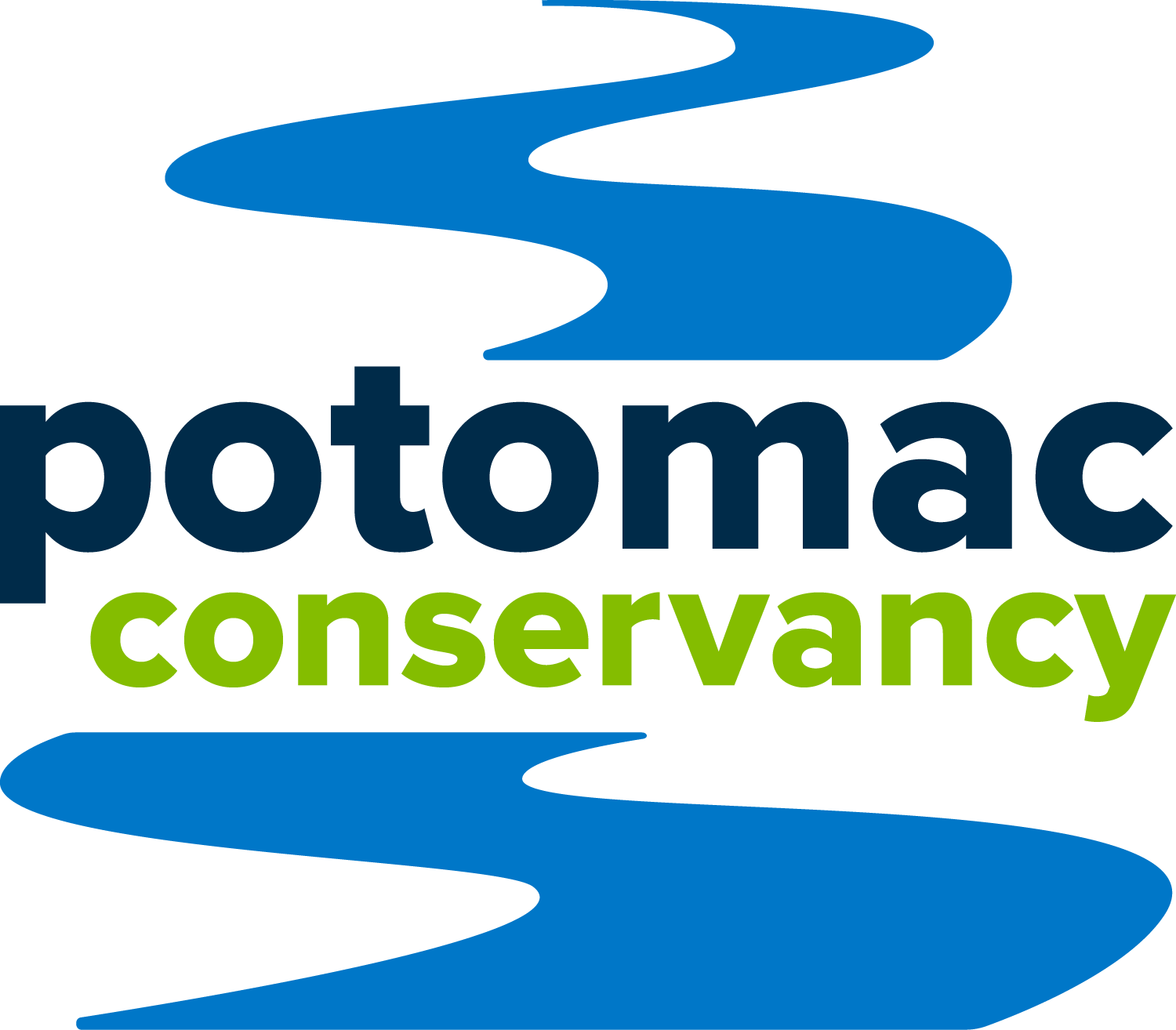These 3 laws could have a huge impact on local forests. Get Vocal and tell leaders to protect local trees!
/Healthy trees are essential for clean water. Here's how you can speak up to protect them
The protection of upstream forests is absolutely critical to the safety of the water we drink here locally. Healthy, streamside forests provide the cleanest waters to the Potomac River, the source of drinking water for six million residents in our region.
In addition to filtering pollution and reducing polluted runoff, trees have a host of other benefits. They stabilize banks and prevent erosion. They shade waters and provide habitat for wildlife. They clean the air, improve our communities, and can even lower your blood pressure.
Supporting trees should be a no-brainer. But, unfortunately trees are disappearing at an alarming rate — 70 acres per day in the Chesapeake Bay region.
If you’re like us and want to protect trees, here are three opportunities to Get Vocal and make your voice heard.
1. Support stronger protections for Frederick County’s forests
Upstream in Frederick County, Maryland, forests are disappearing, which is harming water quality not only for our upstream neighbors in Frederick, but also in creeks and streams here in Montgomery County and the District.
Frederick County’s current forest conservation law isn’t doing enough to protect trees. In fact, since the county enacted its Forest Resource Ordinance in 1992, the county has allowed 1,300 acres of forest to be cut down. That’s equivalent to losing 50 football fields of trees each year.
Changes to the ordinance proposed by County Executive Jan Gardner last summer would strengthen protections for forests, and bring the law back up to current standards in place before it was gutted in 2011.
Get Vocal! Join Potomac Conservancy and our coalition partners in support of the proposed changes to protect Frederick's forests. Send in your support today >
2. Support amendments to Maryland’s Forest Conservation Act
Maryland’s Forest Conservation Act, enacted over 25 years ago, has actually resulted in a net loss of forest across the state. In the past nine years alone, more than 15,000 acres of forests have been destroyed by developers and not replanted. The loss of trees pollutes the water we drink, the backyard streams and creeks we love, the Potomac River, and the Chesapeake Bay.
It’s time to fix the law and properly protect our trees, including our most sensitive forests throughout the state.
Last year, the state legislature failed to pass a bill that would have strengthened the state’s forest protections. We’re hopeful that an improved version of the bill, along with new coalition partners, and increased public pressure will enable it to pass in 2018.
Help save our trees! Speak up and make your voice heard to protect Maryland's trees. Send in your support today >
3. Oppose clear cutting in National Forests
Healthy upstream forests provide the cleanest waters to the Potomac River, and the Resilient Federal Forests Act of 2017 (H.R. 2936) threatens just that.
The bill, as passed by the House of Representatives late last year, would change the law to allow clear cutting in national forests, including areas in West Virginia and Virginia in the Potomac’s headwaters.
Additional logging upstream could damage our region’s healthiest streams and creeks and threaten our drinking water.
The bill is aimed at helping curtail wildfires in the West. But, as written, it allows clear cutting to happen in any national forest, including those in our region.
In November, Potomac Conservancy, Defenders of Wildlife, and the Center for Biological Diversity went to Capitol Hill to speak with Maryland Senator Van Hollen’s staff about opposing the bill.
Find your local representatives in Congress and let them know you oppose clear cutting in national forests!
Still fired up and ready to go?
If you already got vocal by sending in your comments to save our trees, now Act Local! Get your hands dirty at an upcoming volunteer event to support local trees >















Public funding and speaking out in support of it are crucial to protecting the Potomac River region. Read on to see how this local organization in Maryland is tirelessly working to improve our waterways with public funding.